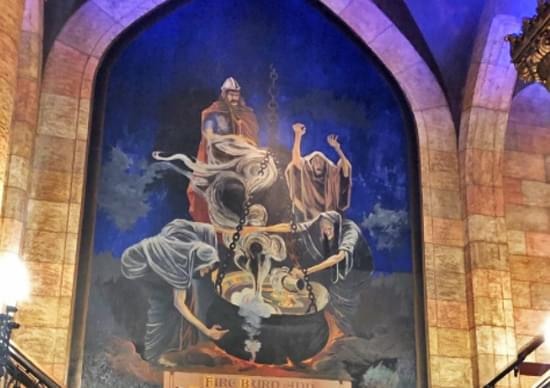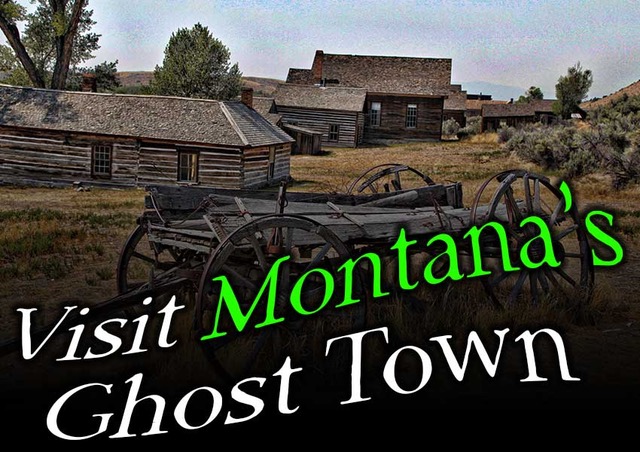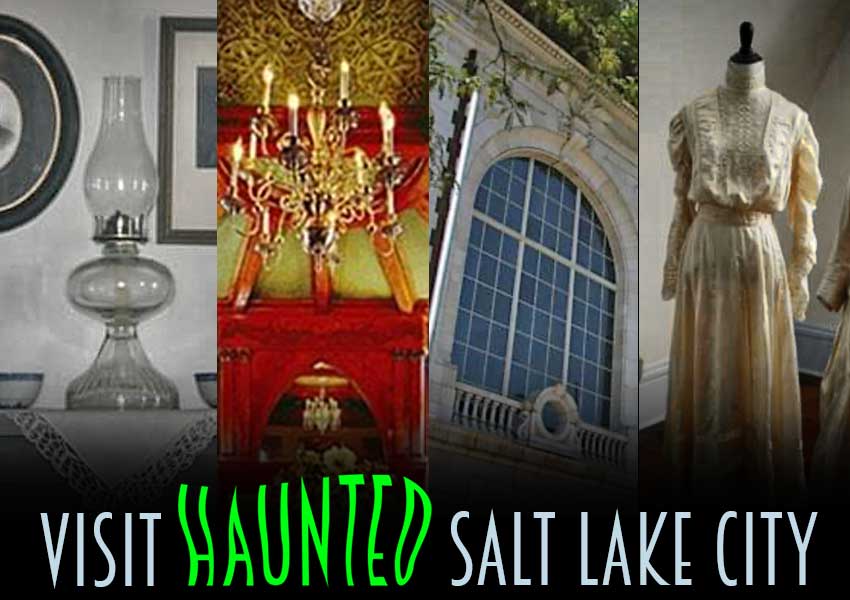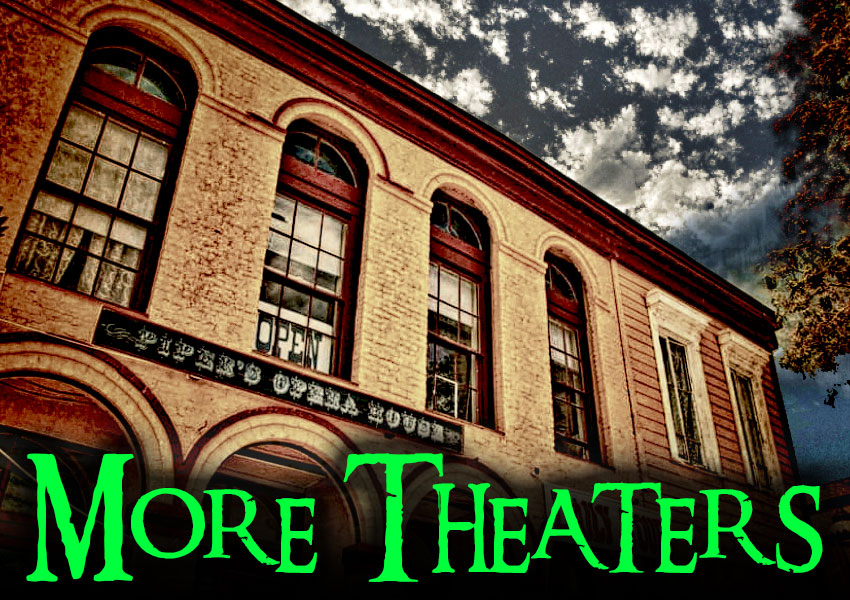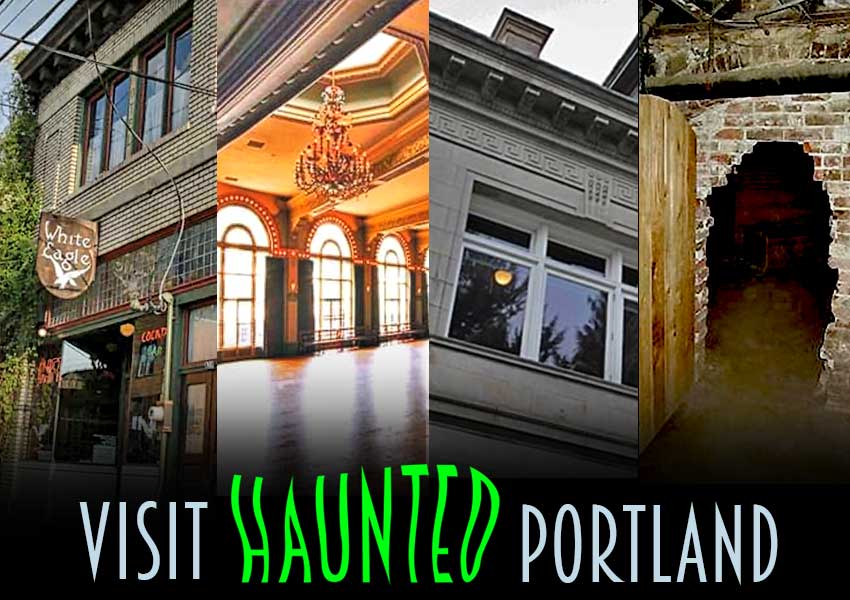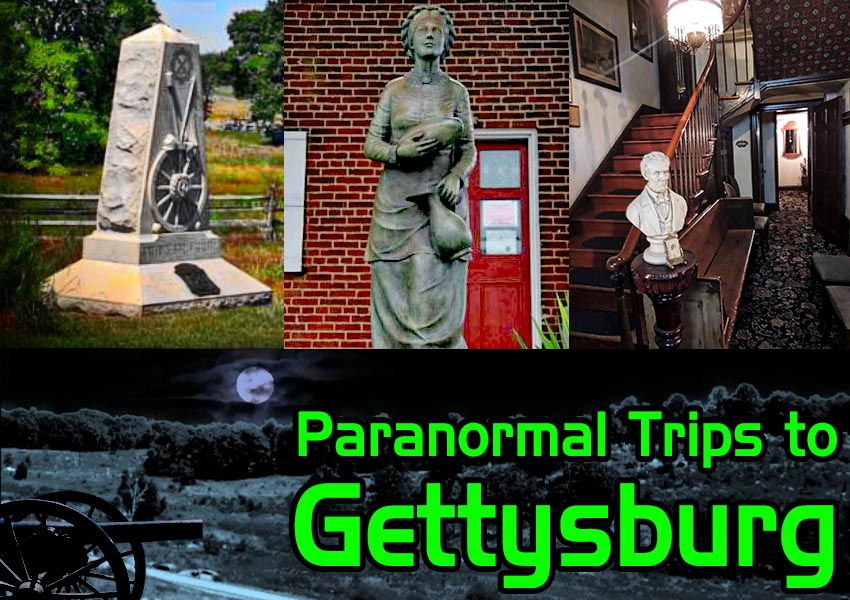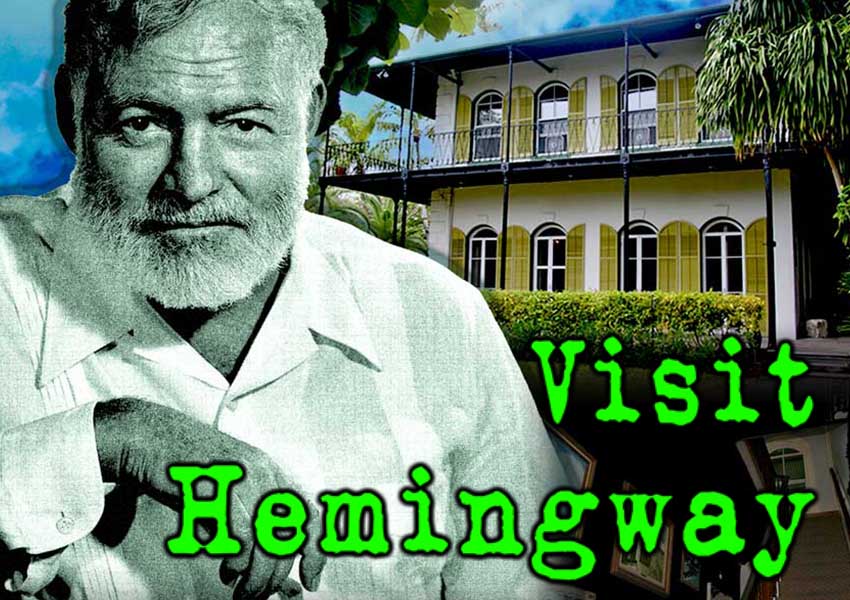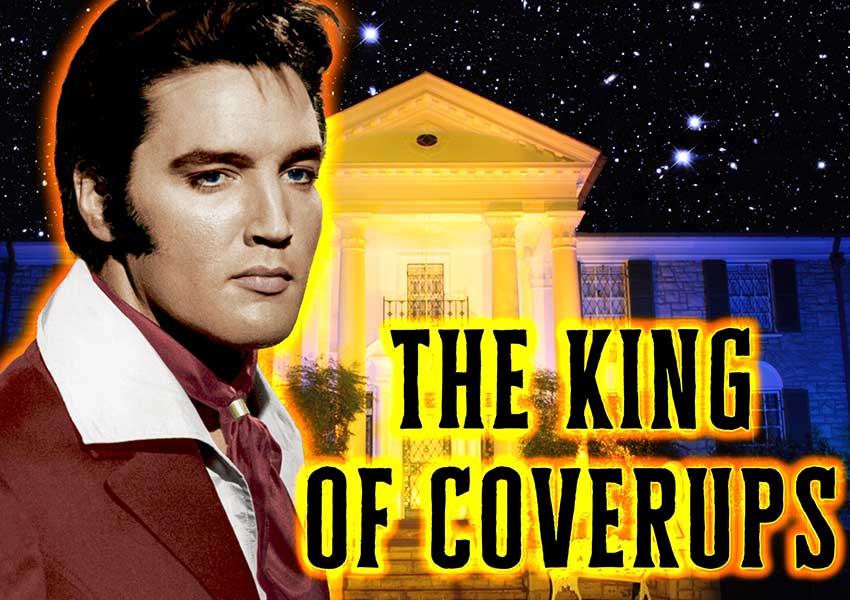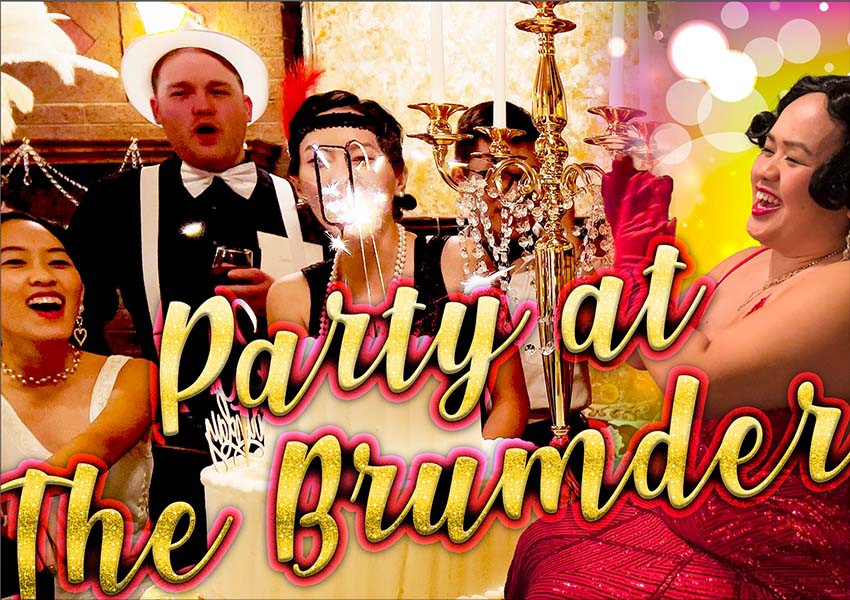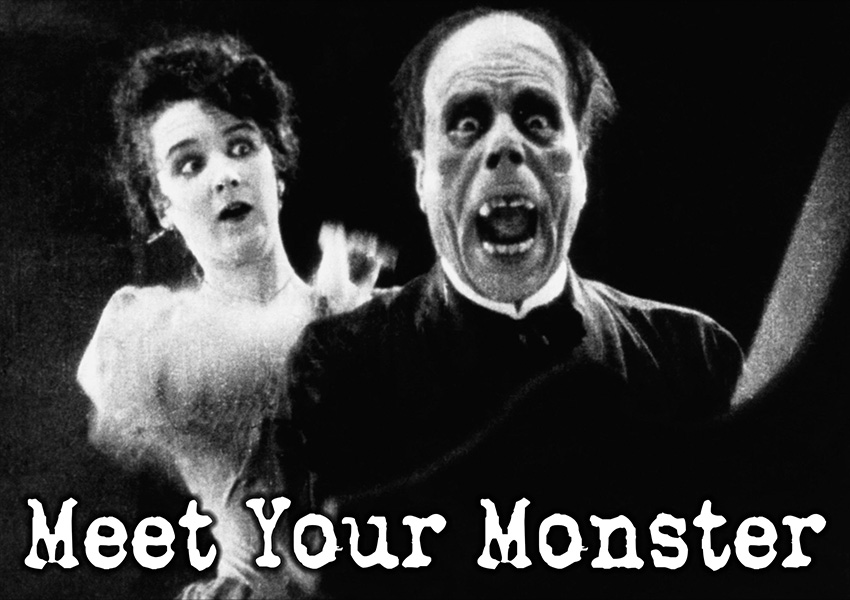Salem Oregon
Elsinore Theatre
Having a theatrical “Full House,” thrills the in-house spirits who still find ways to help.
Spectral accident or murder victims who stay announce their presence in startling ways.
The first Owner still oversees with enthusiasm the staff and performers.
DESCRIPTION
When it opened, The Elsinore Theatre was proclaimed “largest and most lavish theater between Portland and San Francisco.”
Oh My! What a truly glorious labor of love! George Guthrie’s 1926 castle movie and live entertainment theatre, The Elsinore, was built to be one of those breath-taking theatres defined as being an “atmospheric place” that was designed to be part of the entertainment offered.
It’s design and “atmosphere” both inside and outside, was inspired by the 16th Century Danish castle; Elsinore Palace in Shakespeare”s play, Hamlet. It is a wonderful blend of Tutor Palace and Gothic cathedral styles both outside and inside, with other elements of Late 19th and 20th Century Revival architectural styles also added.
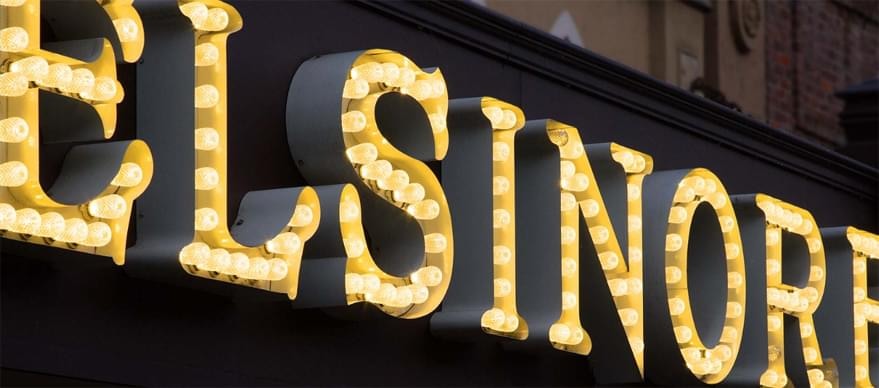
The structural bones of this wonderful building are cement, steel, with 30 foot faux stucco stone walls. The roof was made of built-up asphalt. No way was The Elsinore Theatre going to burn down or be destroyed by other climate elements! The Elsinore withstood the terrible Columbus Day Storm in 1962; only loosing their Marquee sign attached to the lower overhanging entrance roof.
Looking at the outside front of Elsinore Theatre, one notices design and shape that the average person doesn’t see every day. There is a tall rectangular middle, with two square attachments. The tall middle section has two levels and an interesting top. On each of the two levels, there are three Tudor Gothic windows. There are interesting Tutor/Gothic decorative designs around the windows. The top of the building has what look like six swords mounted on the front, hanging down.
The Povey brothers handled all the stained glass windows. The upper balcony windows above the entrance of the theatre are made of stained glass pieces from a cathedral in Germany that was bombed in World War I. These window depicts Hamlet, Lady Macbeth, and Portia greeting players to the Elsinore Theatre.
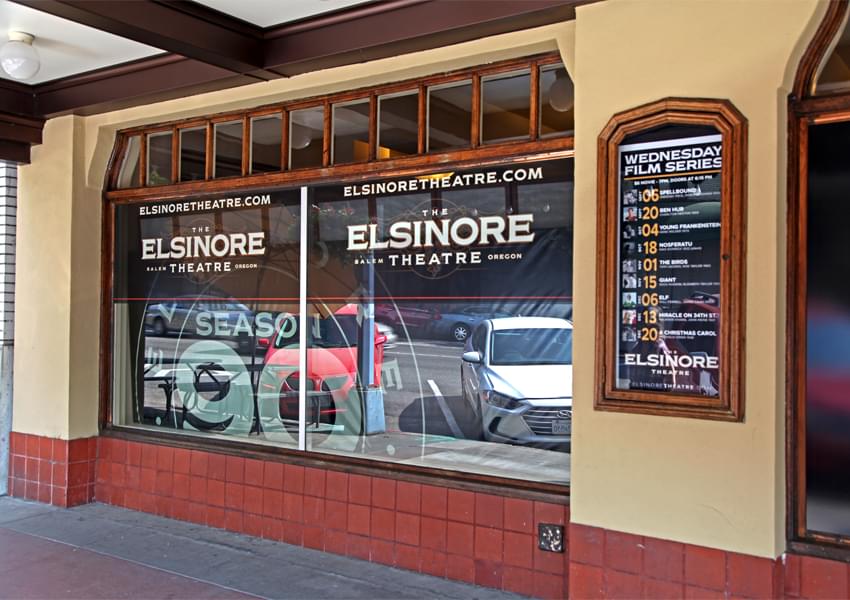
Each of its side square attachment also have a stain glass window. There are steel lines that attach each section to the roof of the marque, making it seem that there are three drawbridges into the place.
The inside of the Elsinore Theatre was designed by Fred S. Allyn in the Tudor Castle, Gothic cathedral styles, making the decor wonderfully atmospheric indeed.
This awesome auditorium was built with 1,450 seats for patrons who enjoyed the fantastic decor as well as a show or movie. The auditorium features “a 30-by-60-foot stage, framed by a decorative proscenium arch, a 40-foot fly loft, and 17 dressing rooms.” The acoustic quality in the auditorium is so spectacular that many musicians have been “drawn to play on this stage,” throughout the years.
The inside has two lovely, carpeted grand staircases and a gloriously intricate Foyer and Lobby that takes one’s breath away.
Equally stunning are the two large, hand-painted Shakespeare-themed murals, by Nowland B. Zane, that are located over the lobby staircases. Also hand crafted are the wrought iron staircase railings, by Henry Jaegler of Salem’s Jaegler Steelworks. A new large Wurlitzer organ was installed and was the cherry on top!
HISTORY
Elsinore Theatre’s 1926 Reputation; “largest and most lavish theater between Portland and San Francisco.”
Needless to say, The Elsinore has long been an integral part of the city’s cultural scene. Performers such as Clark Gable, Jack Benny, Bonnie Raitt, Gregory Peck, Bernadette Peters, James Earl Jones, and Itzak Perlman have performed on this stage.
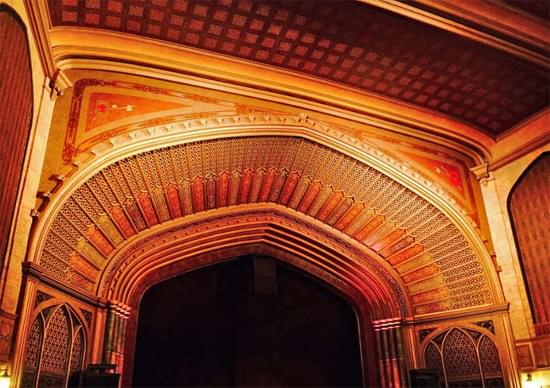
The story of the Elsinore Theatre began with the wealthy attorney, former Salem Theater operator, and art connoisseur George Guthrie. He spent a boatload of money;250,000 dollars, to create his artistic “atmospheric” theatre which was quite a chunk of change in 1925-1926! Guthrie built it on land he owned that was the former home of a livery stable.
George Guthrie hired the best architects and artisans that he could find. The grand exterior of the Elsinore Theatre was the creative effort of Ellis F. Lawrence, who earned his bachelors and master degrees at Massachusetts Institute of Technology. He became the co-founder and Dean of University of Oregon’s School of Architecture and Allied Arts.
Ellis found other talented people to help with design inside. One of Lawrence’s associates, Fred S. Allyn, designed the interior. Nowland B. Zane, a member of the University of Oregon’s Fine Arts faculty, painted the two large Shakespeare-themed murals over the lobby staircases.
When it had its opening premiere on May 28, 1926, Elsinore Theatre opened as a silent movie cinema with a presentation of “The Volga Boatman” by Cecil De Mille, making good use of its wonderful Wurlitzer organ.
The Elsinore Theatre entertained huge audiences showing silent movies and having live vaudeville shows. It also hosted well known musical groups such as John Phillip Sousa. The Elsinore had a seating capacity of 1450. Main floor seats were upholstered in blue and gold with arms and backs of Flemish oak matching the wood used to decorate the auditorium and all three sets of entrance doors.
During the 1930s’, it was a time for changes. Many children had the opportunity to sing and dance on stage with emcee Zollie Volchok as part of his Mickey Mouse Club Matinee. In 1932, new equipment was bought and installed that gave The Elsinore the ability to show “talkies.” George Guthrie sold his lease to Fox Movie Studio. When Fox moved out, George sold the lease to Warner Brothers who ran the theatre until 1951. During these years, 1940-1980 no money for maintenance or restoration efforts was available because audience numbers were declining, because of TV and more newer, theaters that were popular were hard to compete against. It wasn’t possible to make the Elsinore Theatre into a triplex
Sometime in the 1970s, Tom Moyer bought the land that The Elsinore Theatre was built upon. As it would cost 2 boatloads of money to restore this now more than funky fixer grand upper opportunity, This grand old funky dame was heading for a date with the wrecking ball. Oh No! However, local preservationists stepped in to form the Save Elsinore Committee, raising $130,000 to begin restorations, which was a great encouragement to Tom Moyer who now had a partner to help him. He relented on the tear-down plans, seeing how much the community loved this place.
The 1980s’ was a time of good changes and events. In 1984, all three sets of entrance doors were restored to the original Flemish oak in 1984. In 1986, Tom Moyer and the Save Elsinore Committee hosted the theater’s sixtieth anniversary celebration. Also in 1986, Clayton and Rick Parks donated and installed the largest theater pipe organ in the Pacific Northwest—a stunning 26-rank, 1,800-pipe instrument—as a tribute to the silent movie era.
In 1989, The Elsinore had been renovated and upgraded enough to actually attract buyers. Tom Moyer sold this property to Act III Cinemas. They lasted three years in business presenting films in the grand Elsinore Theatre auditorium before they offered the Elsinore to the Salem Theatre- Auditorium Group Enterprises (STAGE). They were determined to find the money to fully restore Elsinore Theatre, as well as make her a profitable enterprise one more.
The Elsinore was added to the National Register of Historic Places in 1994.
Starting with a $400,000 grant from Meyer Memorial Trust, STAGE bought and started this process by first evolving her into a modern performing arts center. This brought back an audience, and more supporters of this grand lady.
Thirteen years later in 2002, the time was right for STAGE to start an extensive $3.2 million campaign to fully restore the Elsinore to its 1920s, breath-taking original glory, but with contemporary technology. They apparently had no trouble reaching their goal. Today, it is fully restored, with modern production bells and whistles. Its glorious fully restored Tudor/Gothic decor draws the public in to see ” silent films, concerts, live performances, and regional and national entertainers.”
Some spirits attached to this grand atmospheric theatre were very happy indeed.
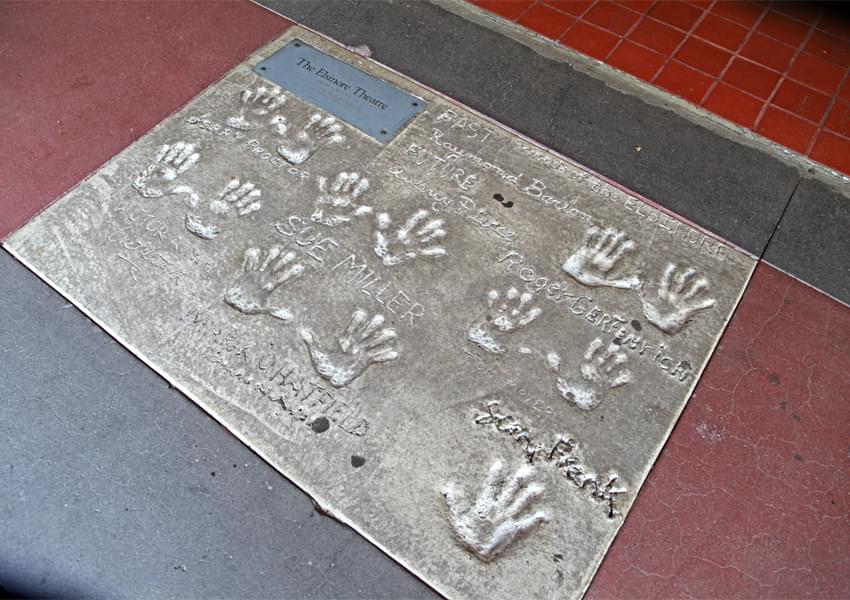
HISTORY OF MANIFESTATIONS
Sudden death accidents or surprise deaths that happen in theatres can cause these unfortunates to continue to want to work their old positions or still yearn to be involved in production on stage even in spirit.
People who worked on the catwalks of theatres sometimes fell and died in the theatre. This may have happened in the Elsinore Theatre.
People who die because of illness, by suicide or are murdered inside or nearby a theatre space like to stick around and still enjoy what they loved to do by watching others or finding ways to interact.
A small daughter of one of the theatre owners or more likely a theatre manager fell from the balcony where she was playing.
Urban legend claims that a boy was murdered inside the men’s bathroom, probably during the Mickey Mouse Matinee days.
Dedicated theatre folks in various positions and actors as well keep working and helping out despite of being in spirit form. They make themselves clearly known with the living people who are running the theatre: from owners, staff to managers. Restoration an old building can bring enthusiasm to participate.
George Guthrie built the Elsinore Theatre, and as owner kept a close eye on his staff and made sure quality was at the highest standard. He still does with gusto.
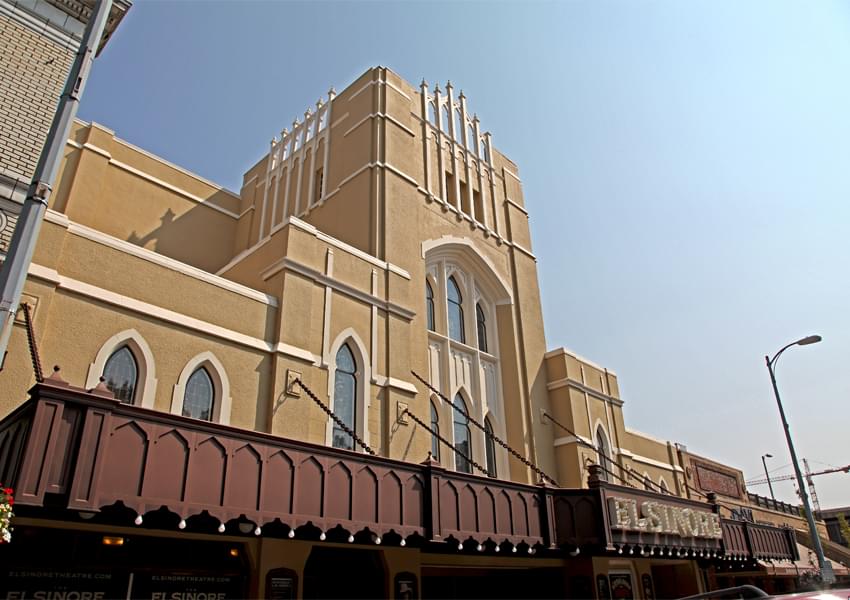
MANIFESTATIONS
All the spirit people love it when the theatre has a “Full House,” suggesting that they were all involved somehow in the productions of the Elsinore Theatre.
There is a welcoming aura to all, especially to patrons.
A COLD SPOT is always felt on stage. This could be a spectral stage manager, curious spirit children, perhaps one of Guthrie’s wives who may have been a director, or even George Himself.
The entity of George Guthrie
He never left the building. He has been seen sleeping up in the projection room soon after he died.
Still keeps a close eye on all stage productions with two female entities by his side. Sources disagree on the age of these female entities. Some report that they are younger girls, and others claim that they are George’s two wives he had while alive. They have been seen separately in various places around the theatre.
He watches to see the quality of the acting and lighting during rehearsals. He would observe rehearsals on stage, and if he was satisfied, he walks away.
In the Statesman Journal digital video, a long timer said that during a rehearsal for Midsummer’s Nigh Dream, this happened. “Everyone on stage saw a man standing in the front aisles watching them rehearse. Everyone thought he was alive, until he turned and walked through the seats before disappearing altogether.
For people who aren’t living up to Guthrie’s standard of high quality performance or work competency get this extra spectral perk, courtesy of George Guthrie.
Living people involved with a productions feel the strong presence of someone looking at them intensely and even breathing down people’s shoulders.
While locking the building up, the staff member saw on the stage a shadow that should not of been there. While there was a light bulb, called a ghost lamp, it didn’t account for this shadow. As soon as he finished locking the last door, the shadow walked off the stage went up the aisle, disappearing through a wall.
The entity of the little girl
Has been visually seen playing up in the balcony and down in the auditorium where she fell.
Perhaps an entity of a murdered little boy
Supposedly, the living can see blood in the mirror, but not much else is reported about this one.
Perhaps it is he up in the rafters of the auditorium throwing pebbles at the performers.
STILL HAUNTED?
Yes Indeed! The amount of personal experiences reported throughout the years, points to theatre-loving spirits who still would like to be involved somehow and still enjoy all the shows that are presented every year. Plus, The Elsinore Theatre has been renovated and fully restored to her former glory, a big environmental factor that excites and draws back spirits who loved this place.
I’m not so sure that a boy was murdered in the men’s bathroom. Though plausible, no hard evidence such as a newspaper article describing the murder, or photos being caught of the blood in the mirror. Plus, if this spirit was murdered and was still here, he would be active and mischievous.
Actors, directors, stage hands, managers, and other theater personnel for many years have experienced these spirits throughout the years. Though listed on paranormal investigation internet sites, I couldn’t find any hard evidence that has been made public.
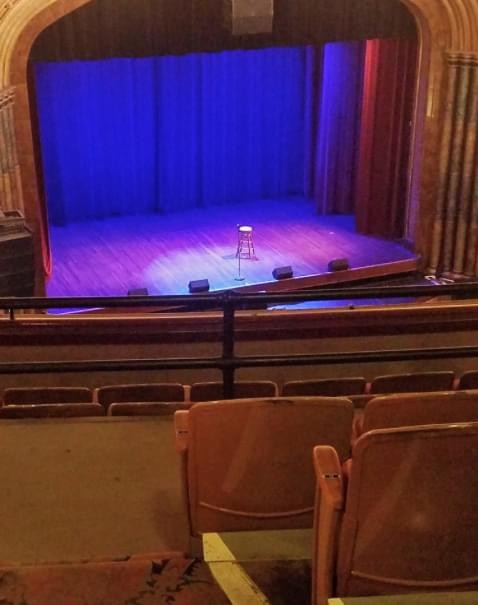
LOCATION
170 Hight Street, SE,
Salem, OR 97301
The Elsinore Theater can be found in the historic downtown area at the corner of State Street and High Street SE. It is only 2 blocks from Willamette University.
SOURCES INCLUDE
- Haunts of Western Oregon
By Kent Goodman
Schaffer Publishing – 2009 - “Tales of Elsinore Theatre’s benevolent ghosts”
By Tom Mayhall Rastrelli - Oct 22, 2014 – Ghost stories are part of the theater’s rich history and character.
elsinoretheatre.com/about-elsinore.html - elsinoretheatre.com/elsinore-support.html
- salemhistory.net/natural_history/columbus_day_storm_1962.htm
- wikipedia.org/wiki/Elsinore_Theatre
- heritagedata.prd.state.or.us
- salemhistory.net/brief_history/haunted_salem.htm
- jamesinsomnia.wixsite.com/salemparanormal/haunted-places-in-salem
- oregonencyclopedia.org/articles/elsinore_theater
Our Haunted Paranormal Stories are Written by Julie Carr
Our Photos are copyrighted by Tom Carr
Visit the memorable… Milwaukee Haunted Hotel
